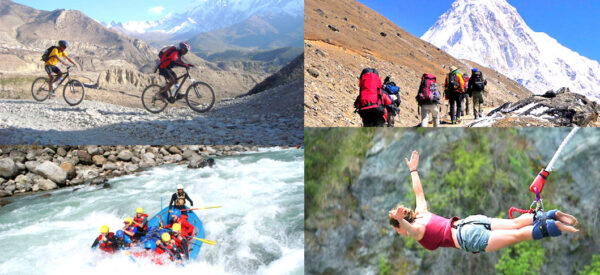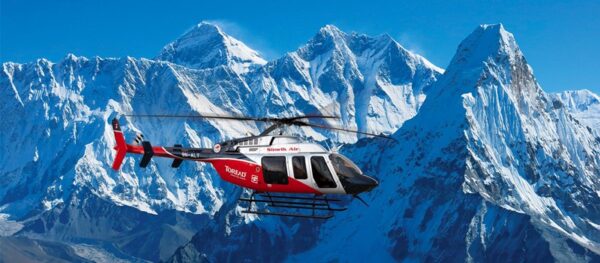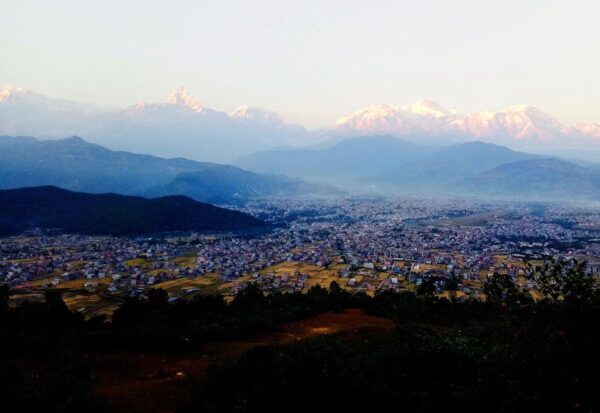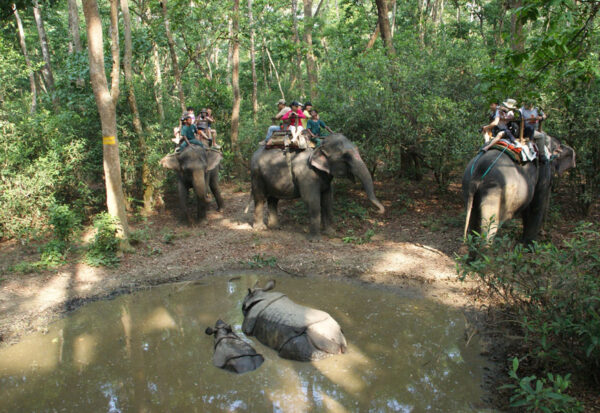Everest Base Camp Trek Planning Guide
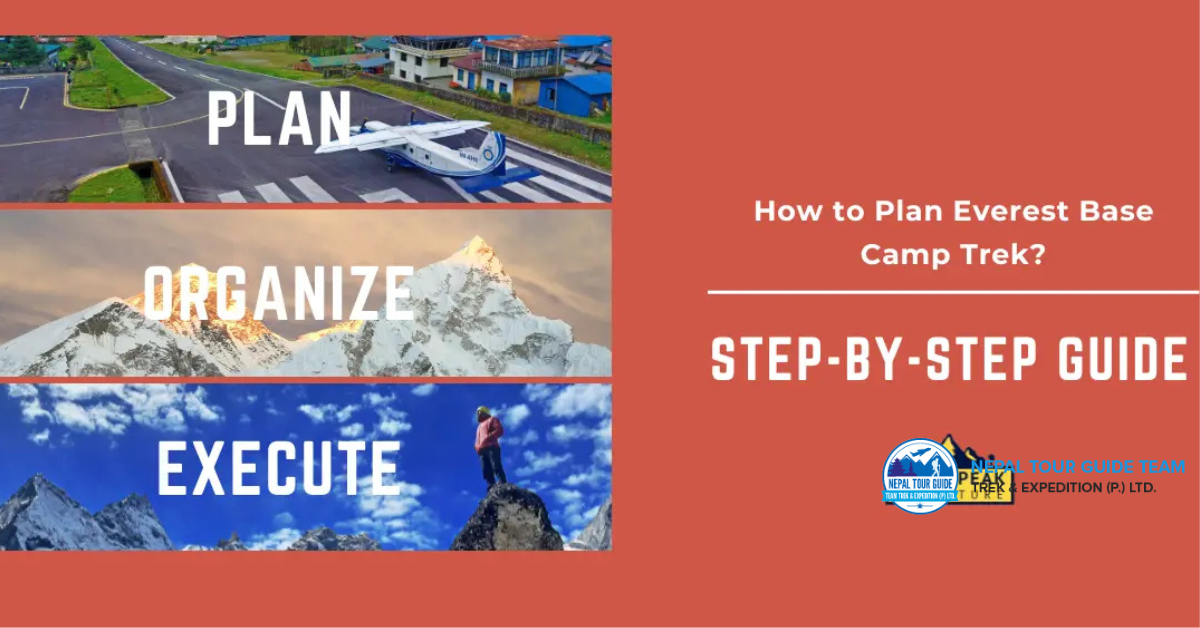
Everest Base Camp (EBC) trek is a dream for many adventurers.
This guide is crafted to help you navigate the essentials of trekking EBC, with tips on preparation, gear, and what to expect on the journey to one of the most iconic sites in Nepal.
1. Why Trek Everest Base Camp?
The Everest Base Camp trek is an experience of a lifetime, offering spectacular views of the Himalayas, diverse cultural interactions, and the chance to stand in the shadow of the world’s tallest mountain.
“The journey to Everest Base Camp is a trekker’s paradise, filled with awe-inspiring landscapes, unique Sherpa culture, and thrilling high-altitude challenges.”

This trek is physically demanding but open to anyone with good health and a spirit for adventure. The rewards of reaching Base Camp and witnessing Mount Everest are unmatched.
2. Best Time to Trek
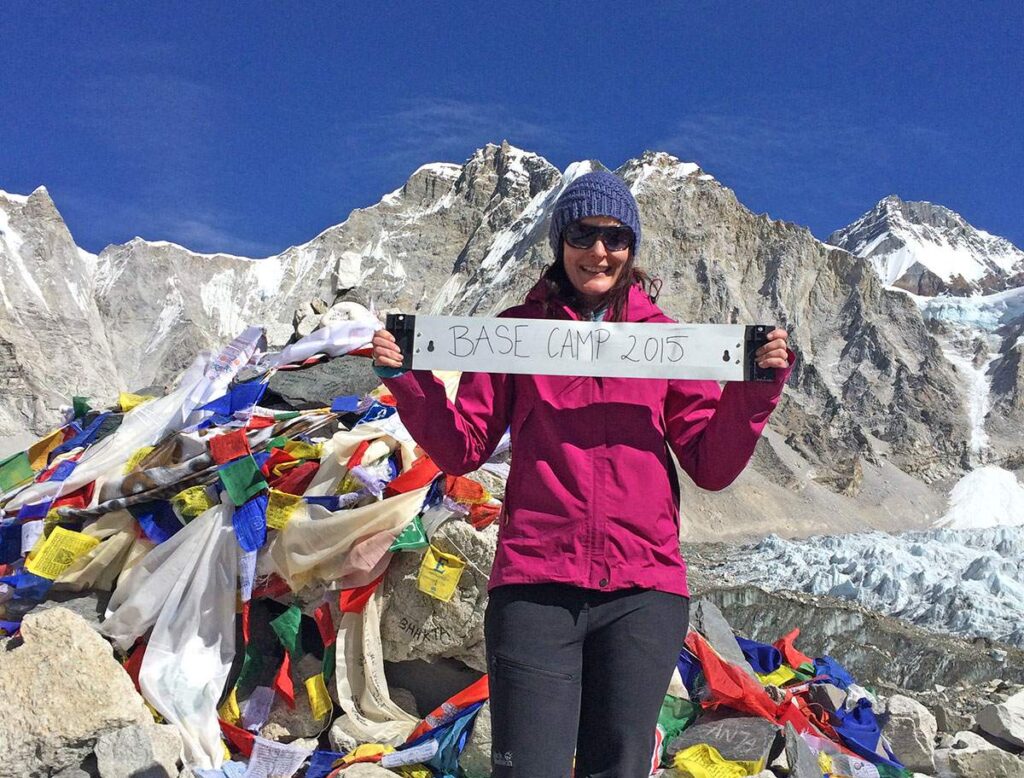
Choosing the right time for your EBC trek is crucial for a pleasant experience:
| Season | Months | Pros | Cons |
|---|---|---|---|
| Spring | March – May | Clear skies, moderate weather | Busy trails |
| Autumn | September – November | Stable weather, great visibility | Crowded |
| Winter | December – February | Fewer crowds, unique scenery | Very cold, snowy conditions |
| Monsoon | June – August | Lush landscapes, fewer trekkers | Rainy, risk of landslides |
Spring and autumn are the most popular trekking seasons. Boldly plan your trip in these months for the best experience on the EBC trail.
3. Planning Your Route
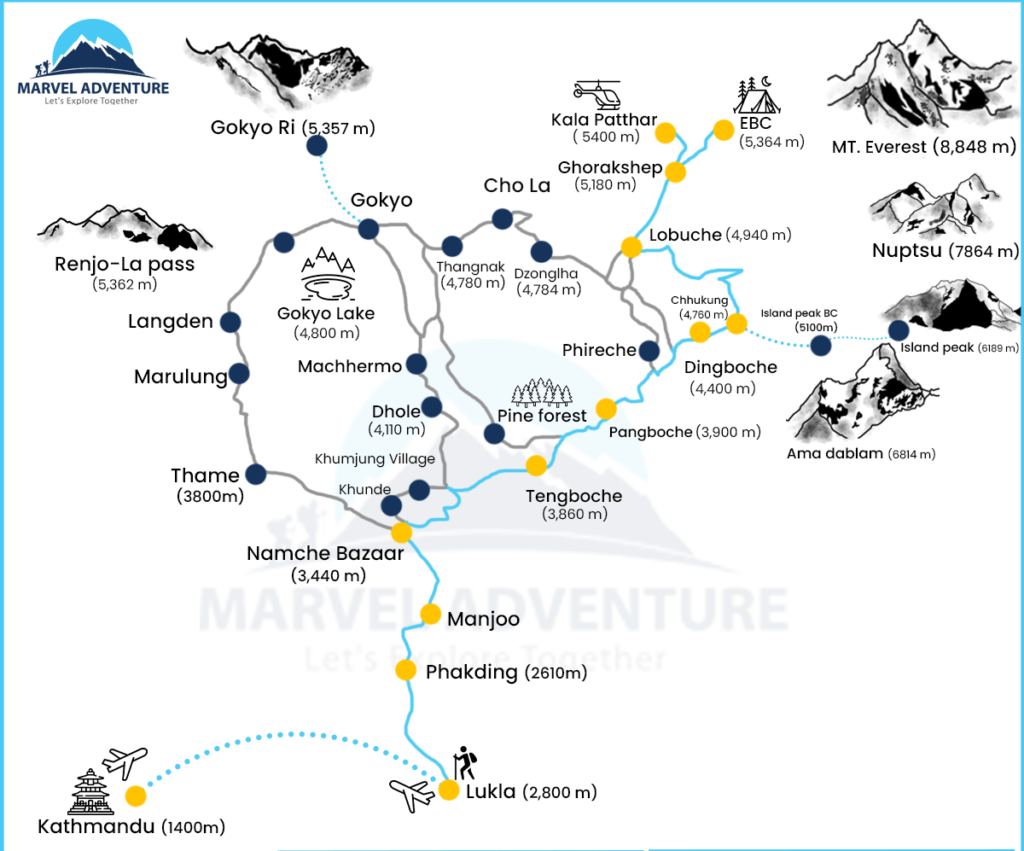
The traditional route takes about 12–14 days and follows this basic itinerary:
| Day | Destination | Altitude |
|---|---|---|
| 1 | Fly to Lukla, trek to Phakding | 2,800 m |
| 2-3 | Namche Bazaar (acclimatize) | 3,440 m |
| 4-5 | Tengboche, then Dingboche | 4,410 m |
| 6-7 | Lobuche, then Gorakshep | 5,164 m |
| 8 | Everest Base Camp | 5,364 m |
| 9-12 | Return trek to Lukla | Various |
This itinerary allows for acclimatization days in Namche and Dingboche, which are essential to avoid altitude sickness.
4. Packing Essentials
Packing smartly can make your hiking to base camp smoother. Essential gear includes:
- Warm Layers: Base, mid, and outer layers for the fluctuating temperatures.
- Sturdy Trekking Boots: Waterproof with ankle support.
- Trekking Poles: Essential for stability on rugged trails.
- Sleeping Bag: Rated to at least -10°C (for higher altitude nights).
- Water Purification Tablets: Staying hydrated is crucial.
“Packing light yet adequately is key to enjoying the EBC trek without unnecessary burden.”
5. Key Points Along the EBC Trail
As you trek to the Everest Base Camp, these key spots offer incredible experiences:
- Namche Bazaar: The Sherpa capital with panoramic mountain views and local markets.
- Tengboche Monastery: The largest monastery in the Khumbu region, an iconic spiritual site.
- Kala Patthar: This peak offers the best vantage point for Mt. Everest views.
Every stop on the Mt. Everest Base Camp trip has something unique to offer, from culture to vistas.
6. Everest Base Camp Trek Packages
Several EBC trek packages cater to different trekking styles:
| Package Type | Description |
|---|---|
| Guided Group Tours | Ideal for beginners, with support and guidance. |
| Independent Trekking | Flexible and budget-friendly, requires self-reliance. |
| Luxury Trekking | Enhanced accommodations, meals, and services. |
| Solo Hiking | Possible but requires more preparation and permits. |
With a mount Everest base camp package, you can simplify your trip logistics and focus on the trek itself.
FAQs
Q: Is trekking to EBC safe?
A: Yes, but acclimatization is critical. Taking it slow and staying hydrated can help avoid altitude sickness.
Q: How fit do I need to be?
A: A good fitness level is essential. Cardiovascular endurance and leg strength are particularly useful for the trek.
Q: Can I trek to Everest Base Camp alone?
A: Solo trekking is possible, but it’s recommended to have prior trekking experience or hire a guide, especially for trips to base camp
RELATED TRIPS
Adventure Nepal Tour
Embark on an unforgettable Adventure Nepal Tour, where thrilling activities await in the breathtaking landscapes of the Himalayas. Experience...
5 Day Everest View Trek: Unforgettable Journey into the Himalayas
Enjoy the breathtaking beauty of the 5-Day Everest View Trek, with stunning mountain vistas blending with the richness of...
helicopter return from everest basecamp
Helicopter Trip Back from Everest Base Camp: A Special Adventure Everest Base Camp (EBC) is a popular spot for...
Everest Base Camp Helicopter Trek
Discover the Everest Base Camp Helicopter Trek: A Journey of Adventure and Culture If you’re seeking breathtaking mountain landscapes...
Cultural Dinner in Kathmandu
Typical nepali restaurant offers with a typical Nepalese foods and Nepalese foods varieties. We have organized this wonderful 3...
Explore Nepal Tour
Explore Nepal Tour is basically an overview trip of the major destinations in Nepal. From World Heritage sites of...
All Nepal Tour
Nepal Tour Guide's All Nepal Tour covers the highlighted places like Bandipur, Palpa, Pokhara, Chitwan and Lumbini, and is...

